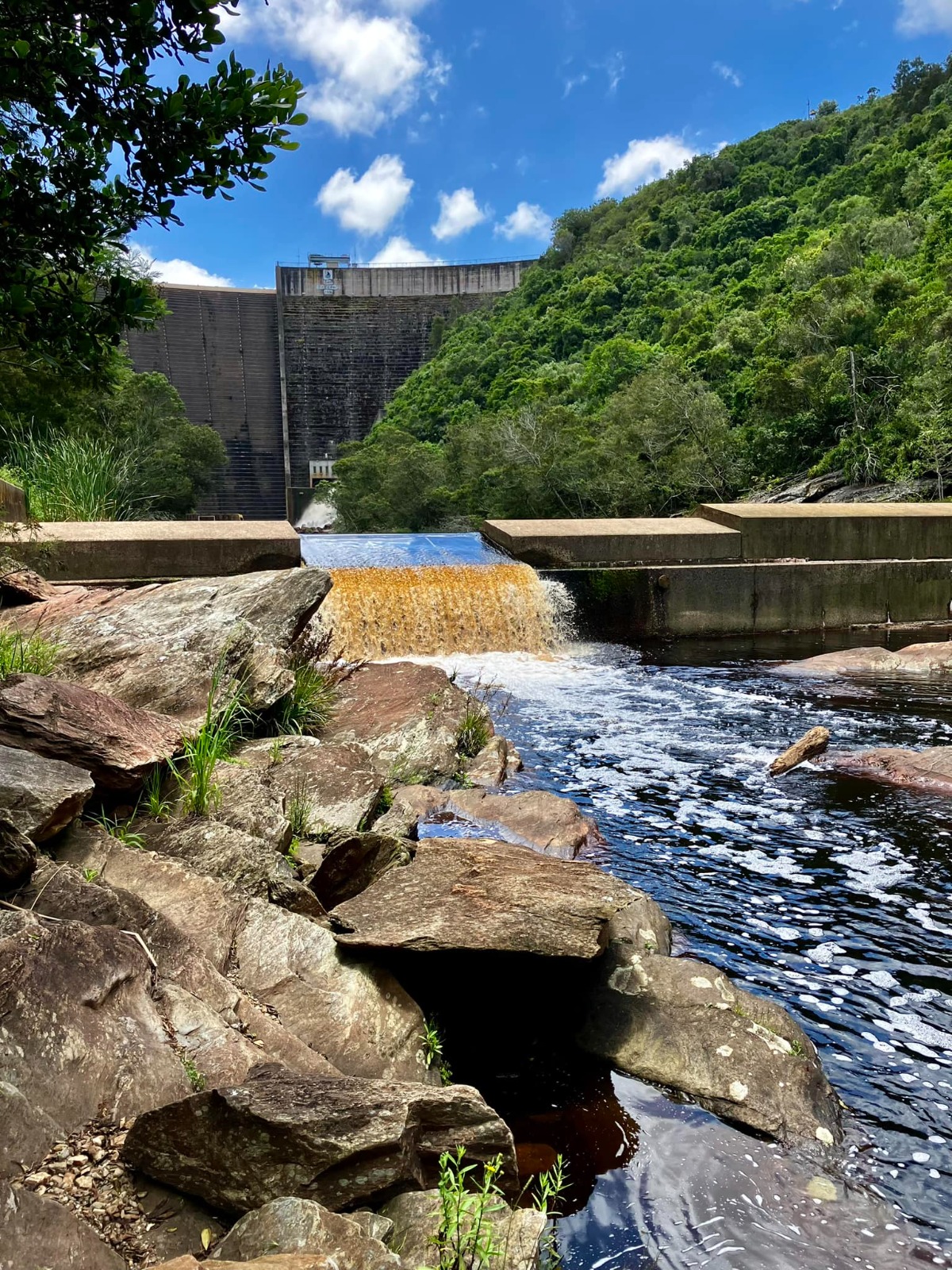GREAT BRAK RIVER NEWS - Since 2019, the Great Brak River Conservancy has run an initiative to clear alien invasive vegetation species listed under the National Environmental Management: Biodiversity Act (NEMBA).
Conservancy chairman, Scott Thomson, says it is important to know the difference between alien invasive vegetation and exotic plants because while all alien invasive species are exotic, not all exotic plants are considered invasive.
"NEMBA-listed species require control by law, while garden exotics can be grown quite freely.
"When one talks about alien invasives and the importance of clearing them, no one is talking about your garden roses or removing apples and oranges from farms," he said.
Thomson said NEMBA-listed invasive plant species fall under the Act due to their harmful impact on the environment, agriculture or biodiversity. He said they are categorised into different invasive species lists which determine how they must be controlled or removed.
For example, the spread of rooikrans (Acacia cyclops), black wattle (Acacia mearnsii) and lantana (Lantana camara) is legally regulated and in many cases, landowners are compelled by law to remove or manage them.
 A view of the Wolwedans Dam wall from the hiking trail, which has been cleared of alien invasive vegetation.
A view of the Wolwedans Dam wall from the hiking trail, which has been cleared of alien invasive vegetation.
"Garden exotics are non-indigenous (alien) plants that are cultivated for ornamental purposes, but are not classified as invasive. They may have been introduced from other countries but do not pose a major ecological threat."
He said the initiative that the conservancy has run since 2019 focuses on removing NEMBA-listed species in and around town from within dune systems and the estuary along the Great Brak River and the Wolwedans hiking trail.
"Since the inception of the Great Brak River Conservancy's alien clearing efforts, it has procured and spent just over R270 000 on removing alien invasive plant species from the Great Brak River area," said Thomson.
‘We bring you the latest Garden Route, Hessequa, Karoo news’















